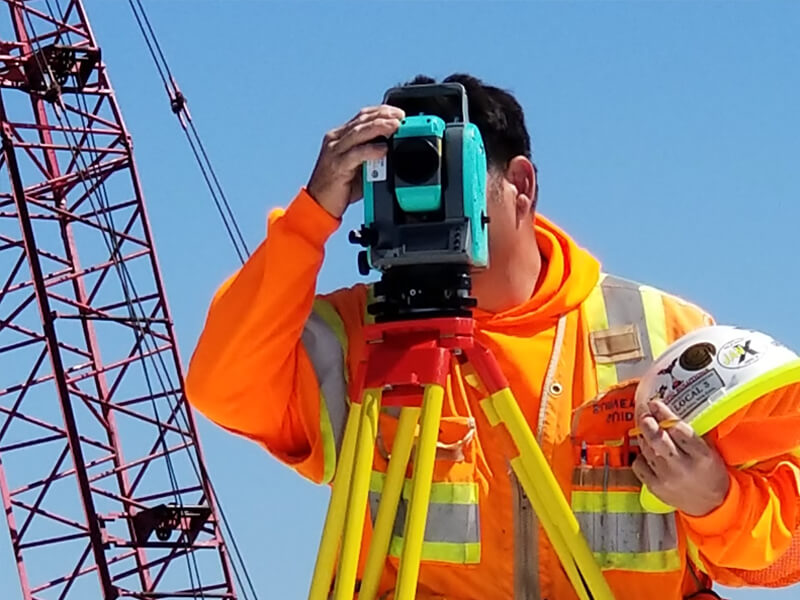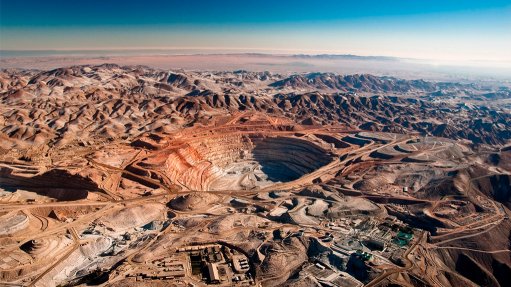Positive Trend
Peru’s mining sector is on track to exceed pre-pandemic production levels by the end of 2024 with projected growth of at least 5% despite a decline in private investment and the adverse effects of the El Niño weather phenomenon. In addition, Peru has faced political instability in recent years, enhancing the complexities of navigating permit processes for mining exploration and exploitation. Not surprisingly, as a symptom of post-pandemic inflation, Peru’s mining production costs are increasing while profit margins are becoming more challenging to maintain.
To combat inflation’s impact, players in the Peruvian mining sector are aggressively looking at ways to optimize production costs through operational excellence and take advantage of opportunities to diversify their operations.













